Examples of plants that make spores
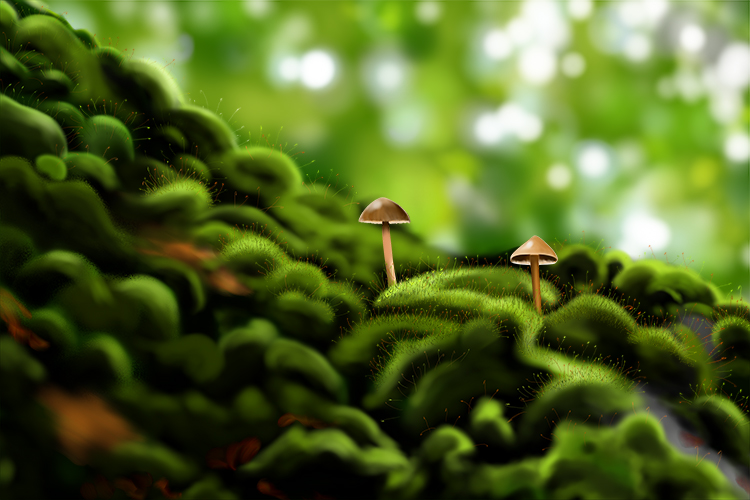
Moss

Liverwort
Mosses and liverworts
Live in damp places
Do not have proper stems or roots
Have thin leaves that lose water easily
Are non-vascular – do NOT have a vascular system for conducting water and minerals around the plant, which means they cannot grow very big.
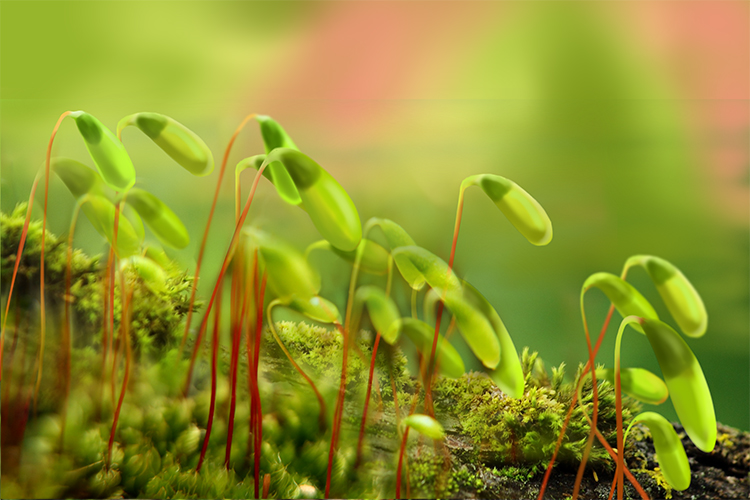
In the summer, mosses and liverworts make spore capsules. When ripe, the capsules open and the spores are shaken out by the wind.
Ferns
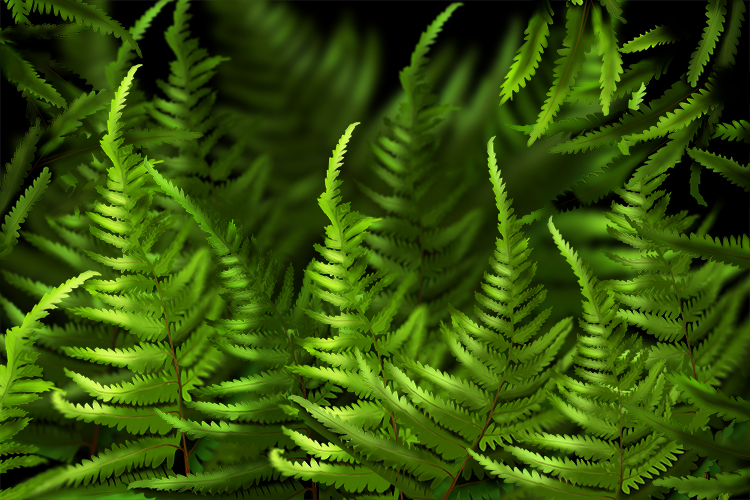
Vascular plants – have a system for conducting water and minerals throughout the plant
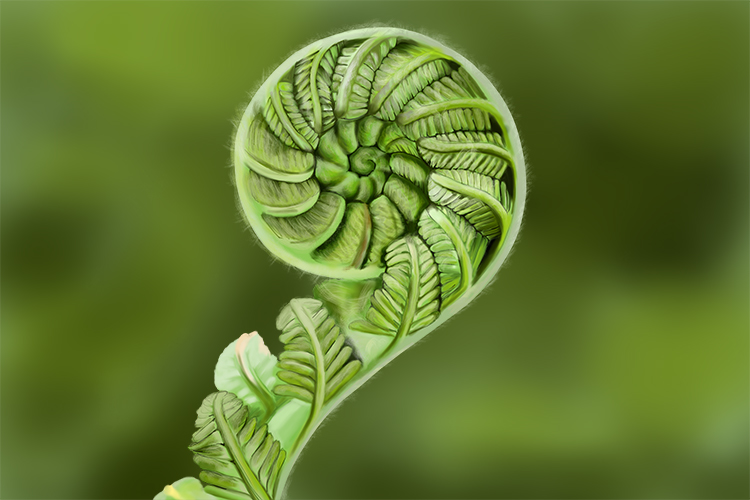
Fronds (leaves) unfurl in a distinctive way. Young fronds are called “fiddleheads” because when curled up they look like the head of a fiddle.
The spores are made on the underside of the leaves
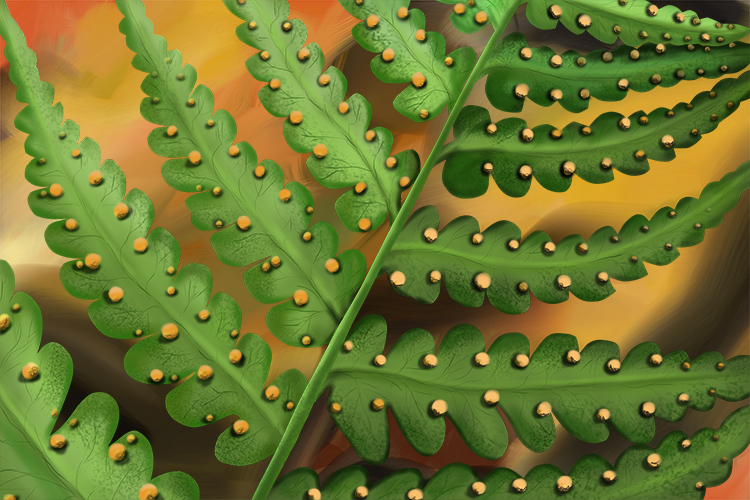
Algae
Algae are simple, plant-like organisms that reproduce in a number of different ways, both sexually and asexually. Many species reproduce from spores. Algae may exist as single-celled organisms called plankton, may form colonial organisms such as seaweed, or may join with fungi to form lichens. Different species can dwell in fresh water, seawater or moist rock.
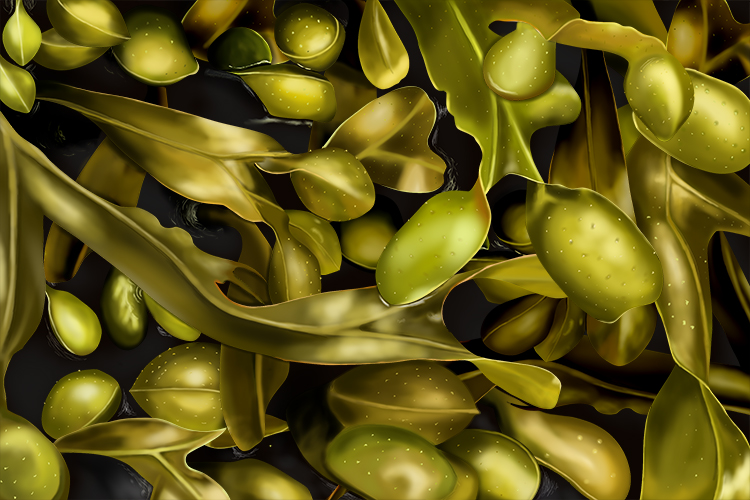
There is much discussion about algae and their classification. Some experts believe algae are not plants but a form of protist.




